Candyman: Impact of a Legend
The Genius of the “Candyman” series
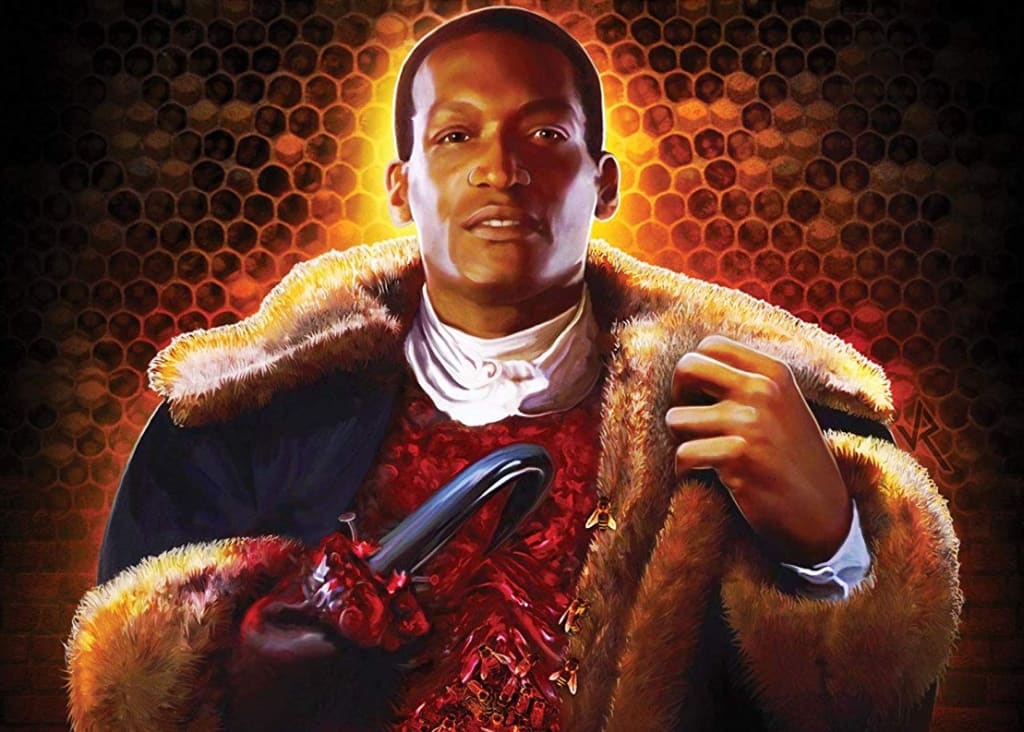
”What do the good know other than what the bad teach them by their excesses…?”
This is perhaps my favorite quote from the 1992 psychological horror/slasher film Candyman. There are not too many people who are unfamiliar with that name. For the past 30 years this film has sent a fearful shiver down the spines of all who have seen it. Candyman was released in October of 1992, written and directed by Bernard Rose and based off a short story titled “The Forbidden” by Clive Barker. Candyman was unlike anything anyone had ever seen before in the slasher genre. It carried a psychological shock factor, it’s primary antagonist was an African American male, and it’s story was centered around the taboo fourth wall of American society, Race. All of these combining factors would make Candyman one of the most iconic staples in horror/slasher history.
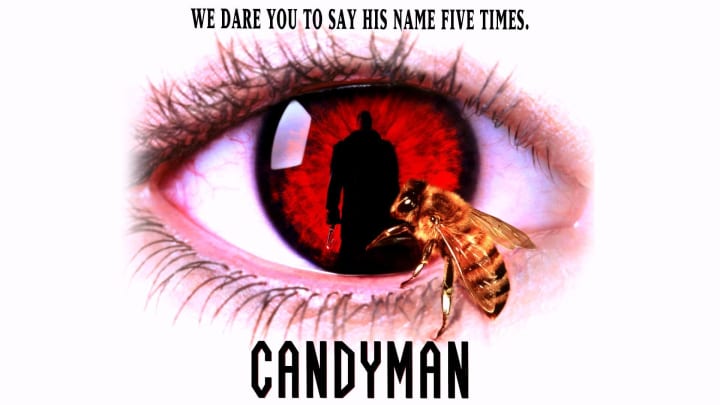
The plot of the film is centered around a white female grad student named Helen Lyle who is working on a thesis investigating a string of serial murders occurring in the infamous Chicago housing project, Cabrini Green. After doing a thorough and in-depth investigation she discovers that the murders have been attributed to a mythological figure regarded as the Candyman, a ghostly figure who is filled with bees and carries a hook as a weapon which he uses to murder his victims after they chant his name five times in a mirror. While digging deep to disprove the Candyman as nothing more than an urban legend Helen is eventually confronted by the Candyman himself, who is revealed to be real and a vengeful spirit hell bent on making Helen his next victim to restore the belief in his legend.
Through the second and third entries in the series, Candyman: Farewell to the Flesh (1995) and Candyman: Day of the Dead (1999) we learn that the Candyman's real name is Daniel Robitaille and that he was the son of a former slave who found fortune after the American Civil War. Robitaille himself was a talented painter and was hired by a wealthy confederate army colonel to paint the picture of his beautiful daughter. Robitaille and the daughter fell in love and conceived a child and the enraged father had Robitaille murdered by a racist lynch mob who sawed off his righthand, covered his body in honeycomb from a beehive and chanted the word "Candyman" five times as he died in agony. After his death the mob burned his body and scattered his ashes all over the land that would in time become the area known as Cabrini Green, Chicago, hence why his spirit haunted the area.
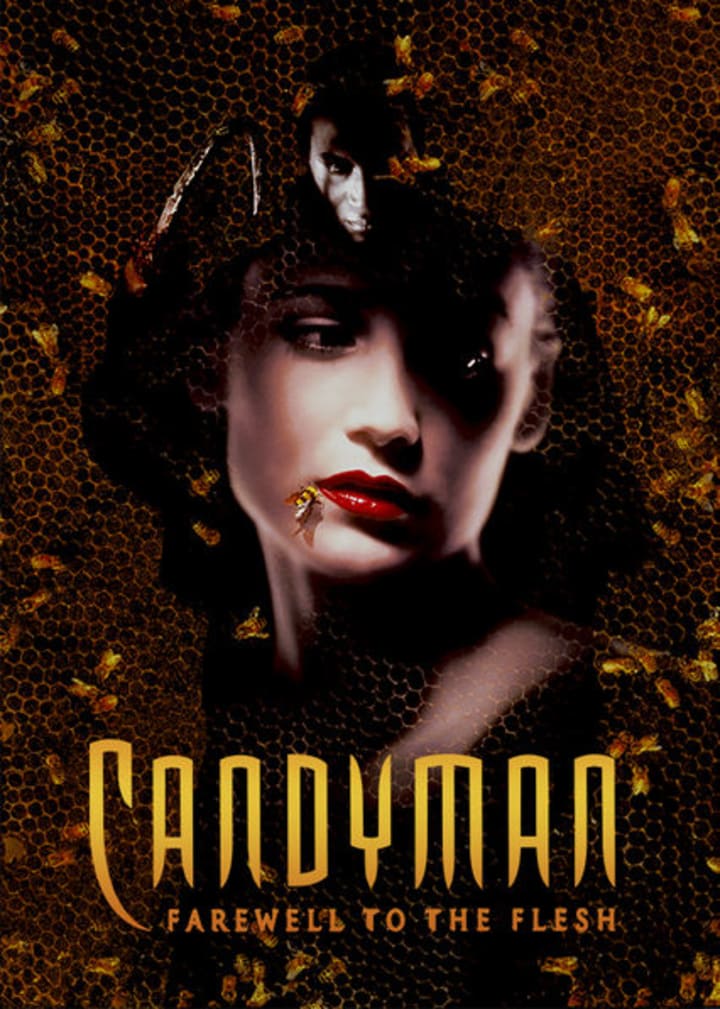
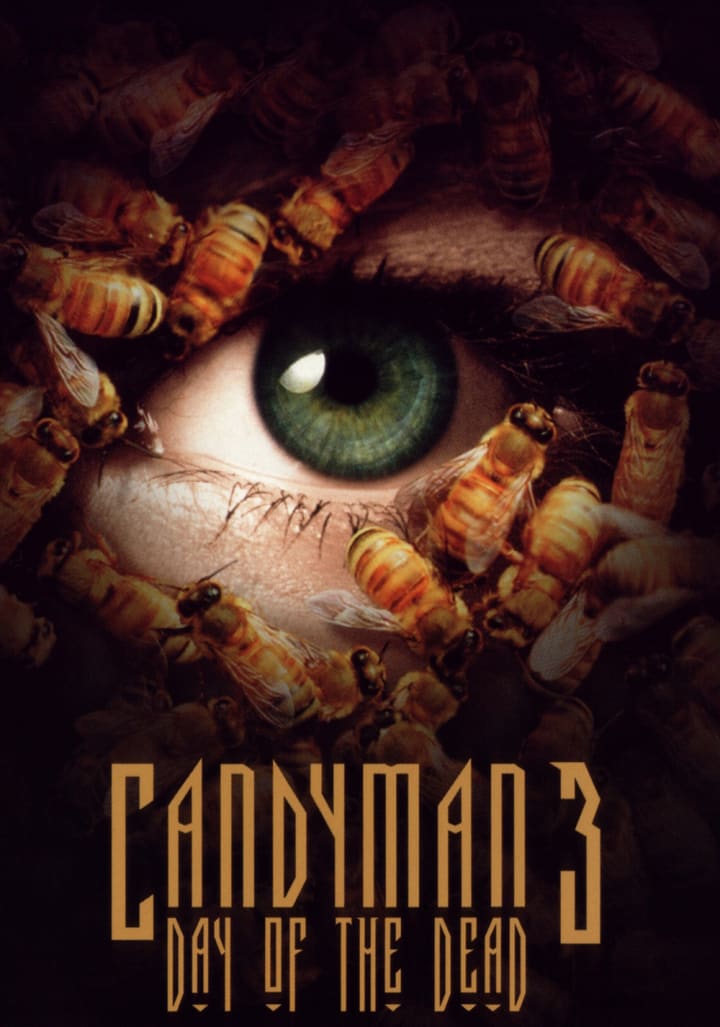
Candyman is genuinely one of the most unique horror films ever, especially when it comes to the slasher genre. The first and most effective tool that made Candyman so appealing was how it utilized the issue of race in America and how it connects to the Black community in the inner-city. One of the scariest components of a horror film is the presence of a monster that no one believes in, aside from the main character. In Candyman this monster is not necessarily the Candyman himself, but the conditions of social and systemic racism that made him into a monster to begin with. Our main character Helen Lyle is working on a thesis to disprove the myth of Candyman, unaware that his presence is a real-life threat to the community he haunts. The pain of the Black community is nothing more than a footnote in a potentially successful opportunity for Helen until she herself is confronted by the Candyman and he starts to wreak havoc in her life. As the Candyman begins to terrorize Helen her cries of misery are ignored in the same manner that she ignored the community who tried to express to her the very real dangers of the Candyman they were faced with. Helen now knows what it feels like to be a victim in the Black community and her helplessness is overwhelming.
A very ground breaking tactic that Candyman used was ignoring the clichés for which the horror genre is well known. Bernard Rose wanted to make a big point to make sure that the victims in the film did not scream a lot at the sight of the Candyman, but rather they be too shocked and supernaturally hypnotized by his presence to be able to scream, this is a trait that the sequels would continue to utilize as well. Candyman's lack of screen time also gave the film a more appealing tone because his absence made the film more suspenseful. It should also be noted that having a high body count of victims was also never a big deal in the Candyman series because the film wanted to rely on story and energy more than blood and guts.
One of the biggest cords to be struck with an audience is when the art they are viewing reflects real life. Candyman was not only relatable because of the past history of race in America that it reflected, but also what was going on in real life at the present time the film was being made. While Candyman was in production the LA Riots of 1992 were taking place due to the aftermath of the verdict of the Rodney King beating by four Los Angeles police officers. The film's creators and the studio had a real life light of controversy being shun on them of which they had to answer to out of fear that the movie might potentially promote further racial discord in an already tense climate.
Real world racial tension was not the only real time challenges the production team faced. Because the film was filmed in the actual neighborhood of Cabrini Green in Chicago, Illinois, filmmakers had to work on getting a handle of the real life gangs in the neighborhood and paid the gangs to temporarily put their rivalries on hold for the duration of the movie's filming. On the day the last filming truck left the neighborhood someone from one of the upper floors of the neighborhood’s complex shot at the truck as it was departing, thankfully no one was hurt and the crew made it out safely. Another real world incident that was incorporated into the film was the real life murder of a Chicago resident named Ruthie McCoy. Ruthie's murder story was used as one of the key fictitious murders that the film focused on and Ruthie's name was even used for two of the characters in the film.
Without a doubt the greatest component of Candyman's crafting was the performance of Tony Todd as the title character. If you are a horror fan, or just a movie fan in general, there is no doubt that Tony Todd's performance as Candyman blew you away. Here we had a man who's presence gave the film such a dark and frightening energy, yet when you saw him on screen he had this calm and collective charisma about him that set him aside from other horror monsters, especially in the slasher genre. He was well dressed, well spoken, articulate and he had a very commanding presence that mirrored that of a king or someone of high stature. For a lot of African Americans who have lived in the inner city, Todd's performance scared us more than anything because we all knew someone living in the ghetto that his personality reflected. The way Todd expressed Candyman's motivations as a character were also captivating as well. When you think about other horror icons like Michael Myers, Jason Voorhees, Freddy Krueger, or Chucky, these characters all lived to kill, but what set Candyman apart was that he killed to live. He was not out for revenge or a bloodlust, he just wanted to be loved, remembered and revered and Tony Todd did a great job at expressing this.
For me personally, Candyman traumatized me. After I first watched it with my god-brothers in spring of 2003 I could not be left alone for months. When I would go pee I made sure to look away from the mirror and sometimes I would not even pee in the bathroom at all. At the same time I was obsessed with the film and made it a life mission to find and watch the sequels, to me this was the effective beauty of creative cinema and like so many other icons of horror, Candyman became one of my favorite horror icons ever. In a big way Candyman allowed for future films that touched base on race in horror like Get Out from Jordan Peele to be made and I remember telling myself that it would be great to see Jordan Peele make a reboot to Candyman.
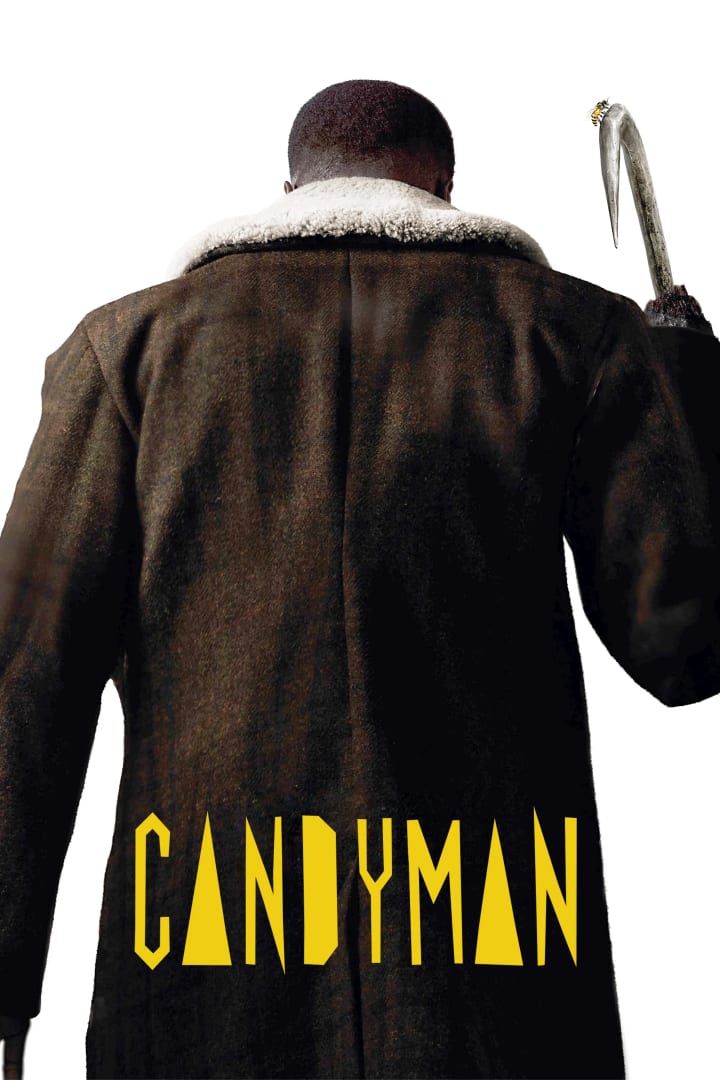
Sure enough this would come true and Peele would eventually make and release a reboot sequel titled Candyman in 2021. For all of it's real life parallels, messages and groundbreaking style of horror filmmaking, Candyman will always be one of the greatest horror/slashers ever and one of my favorite horror/slasher icons.
About the Creator
Joe Patterson
Hi I'm Joe Patterson. I am a writer at heart who is a big geek for film, music, and literature, which have all inspired me to be a writer. I rap, write stories both short and long, and I'm also aspiring to be an author and a filmmaker.
Enjoyed the story? Support the Creator.
Subscribe for free to receive all their stories in your feed. You could also pledge your support or give them a one-off tip, letting them know you appreciate their work.


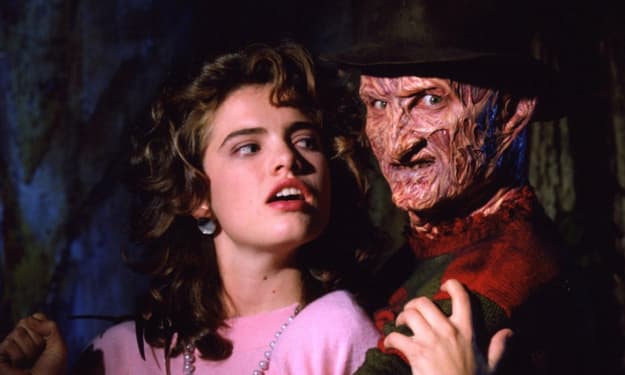


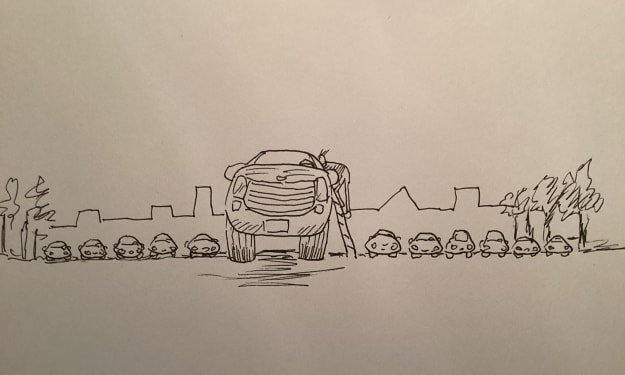
Comments (1)
Excellent in depth article. I love Clive Barker's stories while not being a slasher fan, this is good.